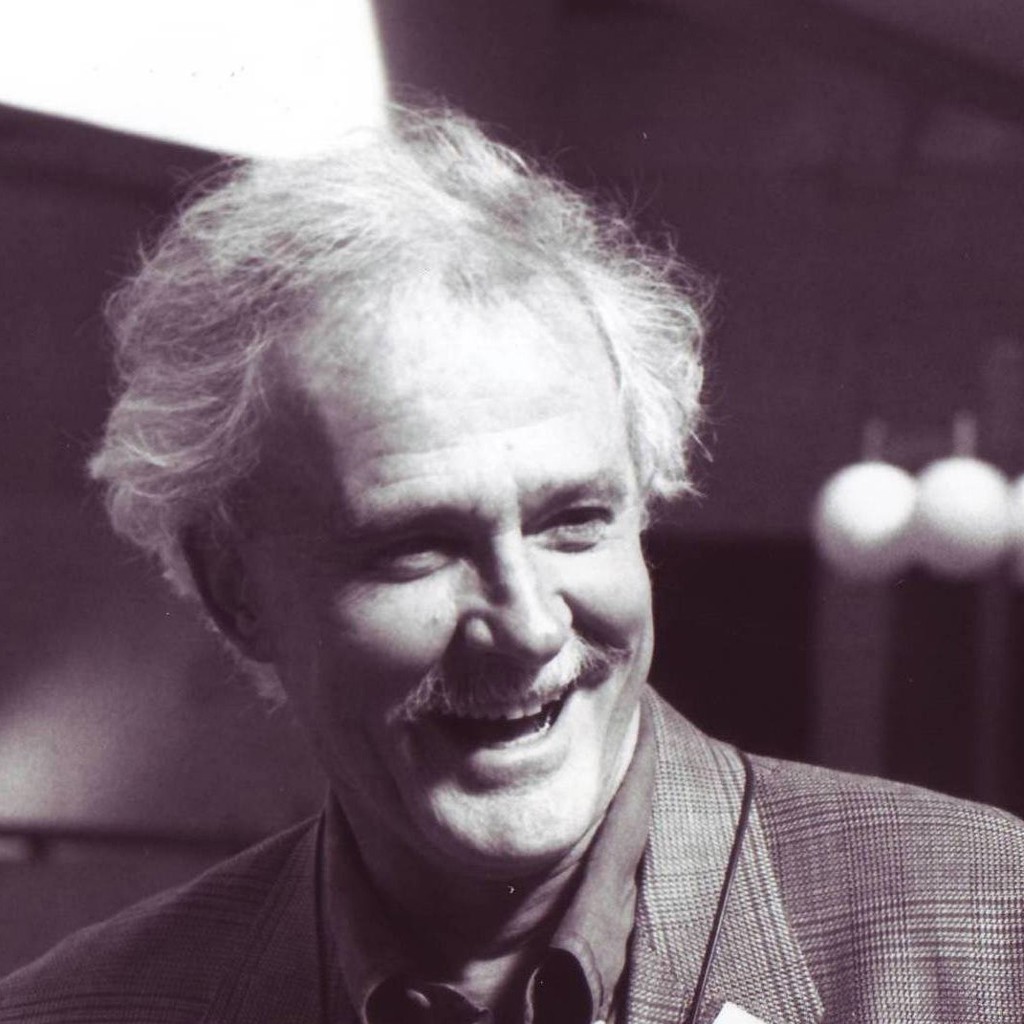Robert W. Hellwarth
Robert W. Hellwarth

Source: Optica Historical Archive, courtesy of Dr. W. John Tomlinson
OSA Honorary Member Robert W. Hellwarth was born on 10 December 1930 in Ann Arbor, Michigan, USA. Hellwarth received his bachelor’s degree in electrical engineering from Princeton University, USA, in 1952. He was a Rhodes Scholar at Oxford University, UK, where he obtained his PhD in physics in 1955. He spent a year as a postdoctoral researcher working with Richard Feynman at the California Institute of Technology, USA, followed by positions at Hughes Research Laboratories, USA and Caltech, USA, from 1956-1970. Hellwarth then joined the faculty of the University of South California, USA, (USC). He went onto to hold the George T. Pfleger Chair in Electrical Engineering and be a Professor of Physics.
Hellwarth's research was focused on understanding and developing materials for nonlinear optical devices. His research was particularly concentrated on polymers, suspensions, and photorefractive crystals, physics of optical glasses (especially acoustic attenuation in glass), nonlinear imaging devices, wavefront reversal, and nonlinear optics for systolic-architecture computers.
His work in nonlinear materials demonstrated the surprisingly low power thresholds for nonlinear effects that may be expected to be found at microwave and longer wavelengths. Hellwarth made the first observation of the hyperfine resonance absorption of a radioactive isotope. He was co-developer of the widely used "precessing-vector" model of two-level atoms. He witnessed the making of the first laser at the Hughes Research Laboratories in 1960, and became an early and continuing contributor to the new optics spawned by this development.
He was perhaps best known for inventing and demonstrating "Q-switching," a contribution that led to the entire field of high-power lasers. It also led to stimulated Raman scattering, which he was the first to explain. He was co-discoverer of a new kind of laser action, to which he gave its theoretical basis and the name, "stimulated scattering." At USC, Professor Hellwarth developed a new, and now widely employed, method for reversing the lightwave pattern of an optical image, a process often called "optical beam phase conjugation." He also invented widely used laser-spectroscopic techniques.
Hellwarth joined OSA in 1982 and was named a Fellow in 1987. He received several honors, including the Charles Hard Townes Award, “for his invention of the Q-switched laser, co-discovery of the Raman laser and explanation of stimulated scattering phenomena, and the theory of optical phase conjugation.” He was also a Fellow of the US National Academies of Sciences and Engineering, American Association for the Advancement of Science, the American Physical Society and IEEE. In 2014, he was named an Honorary Member of the Society.
Robert W. Hellwarth died on 20 January 2021, please see Optica's memorial entry.
Document Created: 26 July 2023
Last Updated: 22 July 2025
